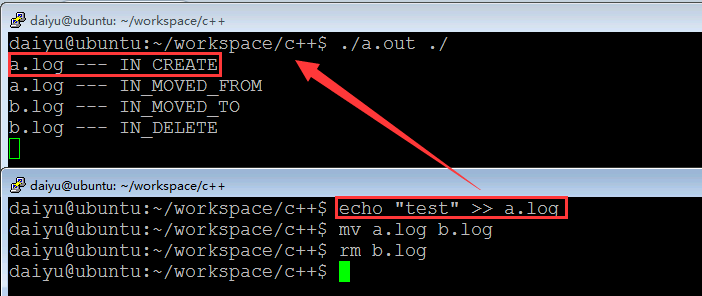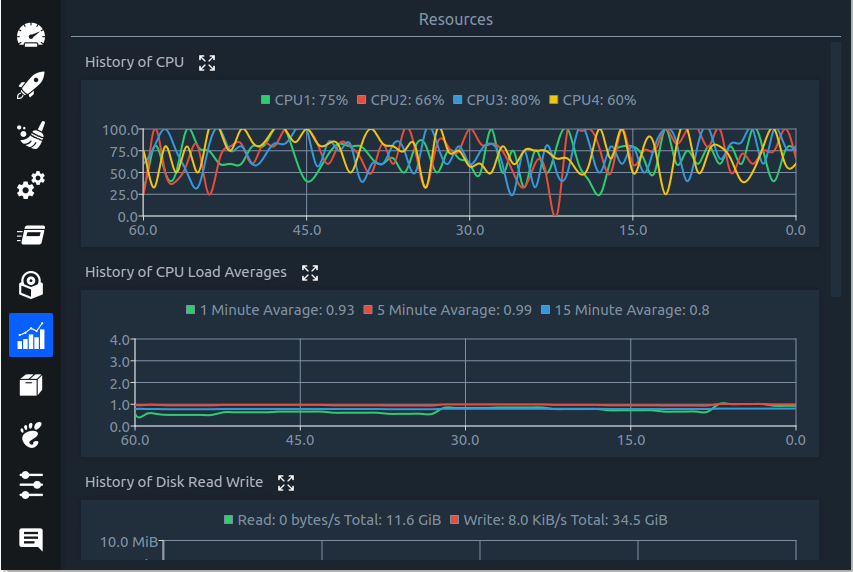

The _xstat function in this case monitors the files and tries avoiding opening each of them, unless it file meta information changed (e.g. It looks in several common cron related files (like /etc/crontab and /etc/cron.d). It will do nothing for a while and suddenly it shows up. For example tracking what the cron process does: Using ltrace to track system calls (syscalls) Great for troubleshooting why a process is taking a while to respond.Īn example output of a trace on a Chrome process: It lists the functions, how often it was used (calls) and the time involved with that function. To get a first impression what kind of functions are used, use the -c parameter. Its usage is similar strace, but with the focus on libraries. Monitoring these functions can be done with the ltrace utility.

In the case of Linux, the library is filled with functions, including indirect system functions. Libraries are similar to a toolbox, filled with individual functional tools. The second option to check what system calls are used, is by monitoring the libraries used. If you have a minimal installation without it, use your package manager. Most systems have the strace utility already installed by default. If you also want to monitor any forked child processes like in previous example, add the -f parameter. Provide the -p and define the process ID you want to monitor. We can also apply monitoring system calls to a running process. If you want a clean output which only shows, here is a trick to only list the files:

Ascommand we track the ls utility and redirect any errors to the screen output. For other interesting system calls, see the man 2 syscalls page. So let’s first check what chain does: startstrace, track forked childs (-f) for the open system call (-e open). As we are interested in file access, we want to see only the open syscall. While this provides interesting information, it might actually flood your screen, making it hard to work with. Lots of output after starting a strace on a running process If you run the same command on the CUPS daemon, this would be the output: Just run a command you normally would execute, prepended with the strace utility. Great for tracking required file access, dependencies, and troubleshooting purposes. By tracking the right system call, we can see exactly what files are opened while it happens. The first utility to provide insights in active syscalls, is the strace utility. Think of activities like reserving a memory section, or in this case opening a file from disk. These are specific functions, which perform a low-level system function. The kernel uses system calls, or syscalls for short. In this article, we have a look at a few options to quickly reveal what is occuring in a process, including disk and file activity. As a system administrator or IT auditor, you might want to know at some point what disk activity occurs in a process. Each process has a particular goal, like forking child processes, handling incoming user requests of monitoring other processes. Processes are the running workforce on a Linux system.


 0 kommentar(er)
0 kommentar(er)
